Table of content
Introduction
Cooking chicken breast fillets perfectly can be a challenging task for both novice and experienced cooks alike. Undercooked chicken poses a significant health risk due to potential bacteria, such as Salmonella and Campylobacter, which can cause food poisoning. On the other hand, overcooked chicken can become dry and flavorless, detracting from the overall dining experience. Therefore, knowing how to determine if chicken breast fillets are fully cooked is crucial for ensuring both safety and deliciousness. This article will delve into various methods and techniques to help you achieve perfectly cooked chicken breast fillets.
Understanding Chicken Breast Fillets
Before discussing how to cook and check the doneness of chicken breast fillets, it’s essential to understand their characteristics. Chicken breast fillets are lean, low-fat cuts derived from the pectoral muscles of chickens. They are popular for their versatility, mild flavor, and high protein content. However, their lean nature makes them prone to drying out if overcooked.
Chicken breast fillets can vary in thickness, which affects cooking time. Thinner fillets cook faster than thicker ones. Therefore, it’s crucial to consider the thickness of your fillets when determining cooking time and methods.
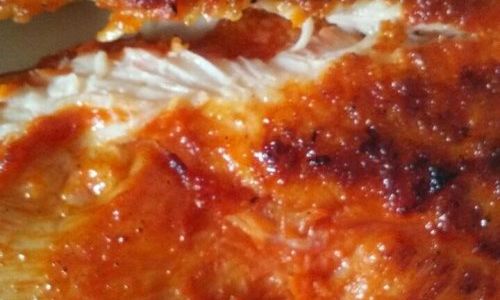
Importance of Cooking Chicken Thoroughly
Raw chicken can harbor harmful bacteria, including Salmonella and Campylobacter. These bacteria can cause food poisoning symptoms such as diarrhea, vomiting, fever, and abdominal cramps. The risk of food poisoning increases if chicken is not cooked to an internal temperature that kills these bacteria.
The United States Department of Agriculture (USDA) recommends cooking chicken to an internal temperature of 165°F (74°C) to ensure safety. This temperature is sufficient to kill harmful bacteria and reduce the risk of foodborne illness.
Methods for Cooking Chicken Breast Fillets
Chicken breast fillets can be cooked using various methods, including grilling, baking, frying, and sautéing. Each method has its own set of variables that affect cooking time and doneness.
Grilling
Grilling chicken breast fillets is a popular method that adds a smoky flavor and a nice sear to the exterior. To grill chicken breast fillets:
- Preheat your grill to medium-high heat.
- Oil the grill grates to prevent sticking.
- Season the chicken fillets with salt, pepper, and any desired spices or herbs.
- Place the fillets on the grill and cook for about 6-7 minutes per side, or until they reach an internal temperature of 165°F (74°C).
Baking
Baking chicken breast fillets is a straightforward method that requires minimal attention. To bake chicken breast fillets:
- Preheat your oven to 375°F (190°C).
- Place the seasoned chicken fillets on a baking sheet lined with parchment paper or aluminum foil.
- Bake for 20-25 minutes, or until the internal temperature reaches 165°F (74°C). The cooking time may vary depending on the thickness of the fillets.
Frying
Frying chicken breast fillets in oil or butter can create a crispy exterior and juicy interior. To fry chicken breast fillets:
- Heat oil or butter in a skillet over medium-high heat.
- Season the chicken fillets with salt, pepper, and any desired spices or herbs.
- Place the fillets in the skillet and cook for about 5-7 minutes per side, or until they reach an internal temperature of 165°F (74°C).
Sautéing
Sautéing chicken breast fillets involves cooking them quickly in a small amount of oil or butter in a skillet. This method is often used for thinner fillets. To sauté chicken breast fillets:
- Heat oil or butter in a skillet over medium-high heat.
- Season the chicken fillets with salt, pepper, and any desired spices or herbs.
- Place the fillets in the skillet and cook for about 3-4 minutes per side, or until they reach an internal temperature of 165°F (74°C).
Techniques for Determining Doneness
Now that we’ve discussed various cooking methods, let’s explore techniques for determining if chicken breast fillets are fully cooked.
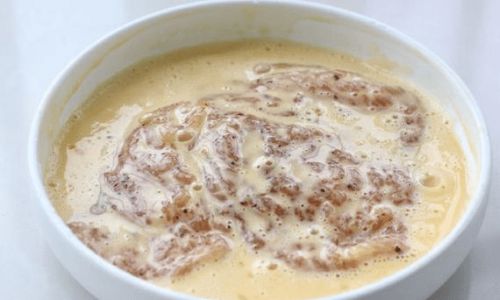
Using a Food Thermometer
The most reliable method for determining if chicken breast fillets are fully cooked is to use a food thermometer. A food thermometer allows you to measure the internal temperature of the chicken accurately.
To use a food thermometer:
- Insert the thermometer into the thickest part of the chicken fillet, making sure it does not touch any bone or gristle.
- Wait until the thermometer registers an internal temperature of 165°F (74°C).
- Remove the chicken from the heat and let it rest for a few minutes before serving. The internal temperature may continue to rise slightly during resting.
Checking for Clear Juices
Another method for determining if chicken breast fillets are fully cooked is to check the juices that run out when the chicken is pierced with a fork or knife.
Fully cooked chicken should have clear juices that run out of it when pierced. If the juices are pink or bloody, the chicken is not fully cooked and should be returned to the heat.
However, it’s important to note that this method is not as reliable as using a food thermometer. The color of the juices can vary depending on the seasoning and spices used, making it difficult to accurately assess doneness.
Touch and Feel Method
Some cooks rely on the touch and feel method to determine if chicken breast fillets are fully cooked. This method involves pressing the chicken with a finger or tongs to check its firmness.
Fully cooked chicken should feel firm and slightly springy to the touch. If the chicken feels soft or mushy, it is likely not fully cooked.
However, this method is highly subjective and can vary depending on personal preference and cooking experience. Therefore, it’s not recommended as a standalone method for determining doneness.
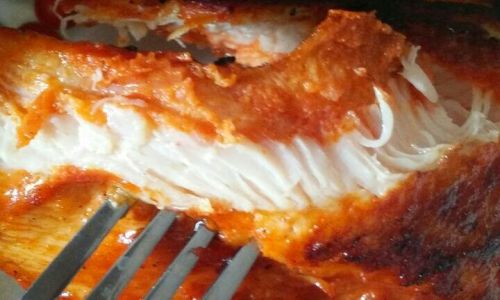
Visual Inspection
Visual inspection can also provide clues about the doneness of chicken breast fillets. Fully cooked chicken should have a pale, opaque color with no pink areas.
However, visual inspection is not always reliable, especially with thicker fillets. The exterior of the chicken may appear cooked, while the interior is still raw. Therefore, visual inspection should be used in conjunction with other methods, such as using a food thermometer.
Cooking Time Guidelines
While using a food thermometer is the most reliable method for determining doneness, cooking time guidelines can provide a general starting point. Cooking time can vary depending on the thickness of the chicken fillets, the cooking method, and the starting temperature of the chicken.
As a general guideline, chicken breast fillets that are about 1 inch (2.5 cm) thick can be grilled, baked, or fried for about 6-8 minutes per side, or until they reach an internal temperature of 165°F (74°C). Thinner fillets may require less time, while thicker fillets may require more.
It’s important to note that these guidelines are not set in stone. Always use a food thermometer to ensure that your chicken is fully cooked.
Factors That Affect Cooking Time
Several factors can affect the cooking time of chicken breast fillets, including thickness, starting temperature, and cooking method.
Thickness
As mentioned earlier, the thickness of chicken breast fillets can vary significantly. Thicker fillets require more time to cook through to an internal temperature of 165°F (74°C) than thinner fillets. Therefore, it’s important to consider the thickness of your fillets when determining cooking time.
Starting Temperature
The starting temperature of chicken breast fillets can also affect cooking time. Chicken that is refrigerated or partially frozen will take longer to cook than chicken that is at room temperature. To ensure even cooking, it’s best to remove chicken from the refrigerator and let it sit at room temperature for about 20-30 minutes before cooking.
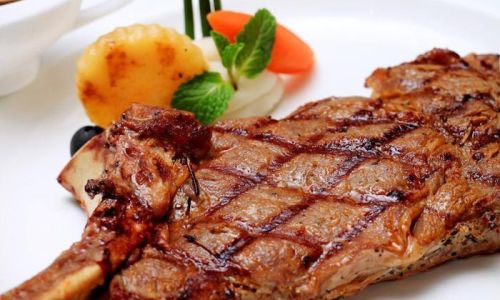
Cooking Method
The cooking method you choose can also affect the cooking time of chicken breast fillets. Grilling and frying tend to cook chicken more quickly than baking, as they expose the chicken to direct heat. However, baking can be more forgiving, as it allows for more even cooking and less risk of overcooking.
Safety Considerations
When cooking chicken breast fillets, it’s important to take safety precautions to prevent cross-contamination and foodborne illness.
Washing Hands and Surfaces
Always wash your hands thoroughly with soap and water before and after handling raw chicken. Additionally, wash any surfaces, utensils, and cookware that come into contact with raw chicken to prevent cross-contamination.
Avoiding Cross-Contamination
Never place cooked chicken on a plate or surface that previously held raw chicken. Use separate utensils and cookware for raw and cooked chicken to prevent cross-contamination.
Proper Storage
Store raw chicken in the refrigerator at a temperature of 40°F (4°C) or below to prevent bacterial growth. Cooked chicken should be
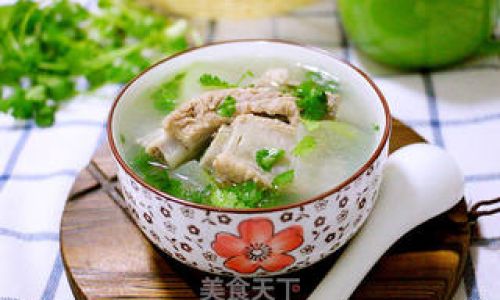
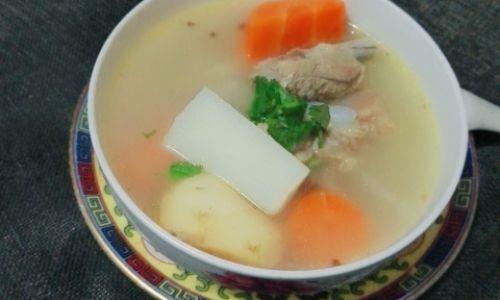
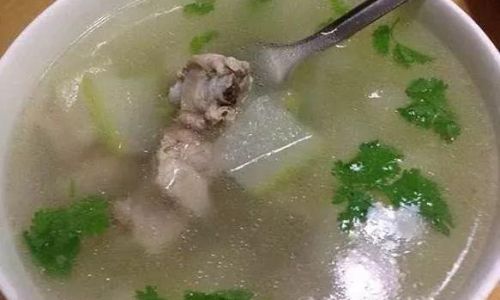
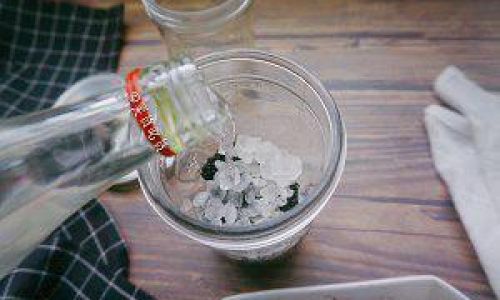
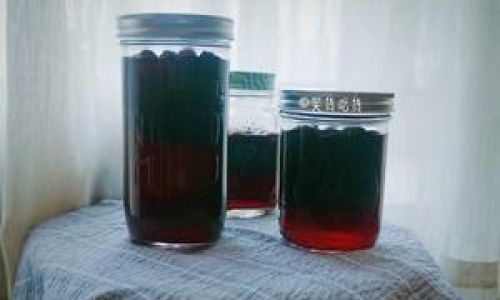
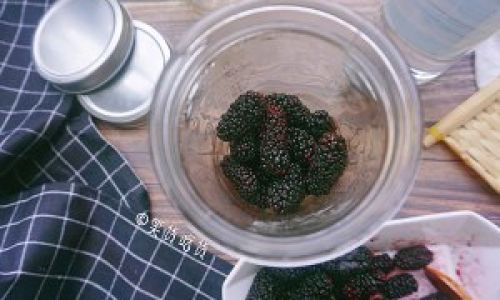
0 comments